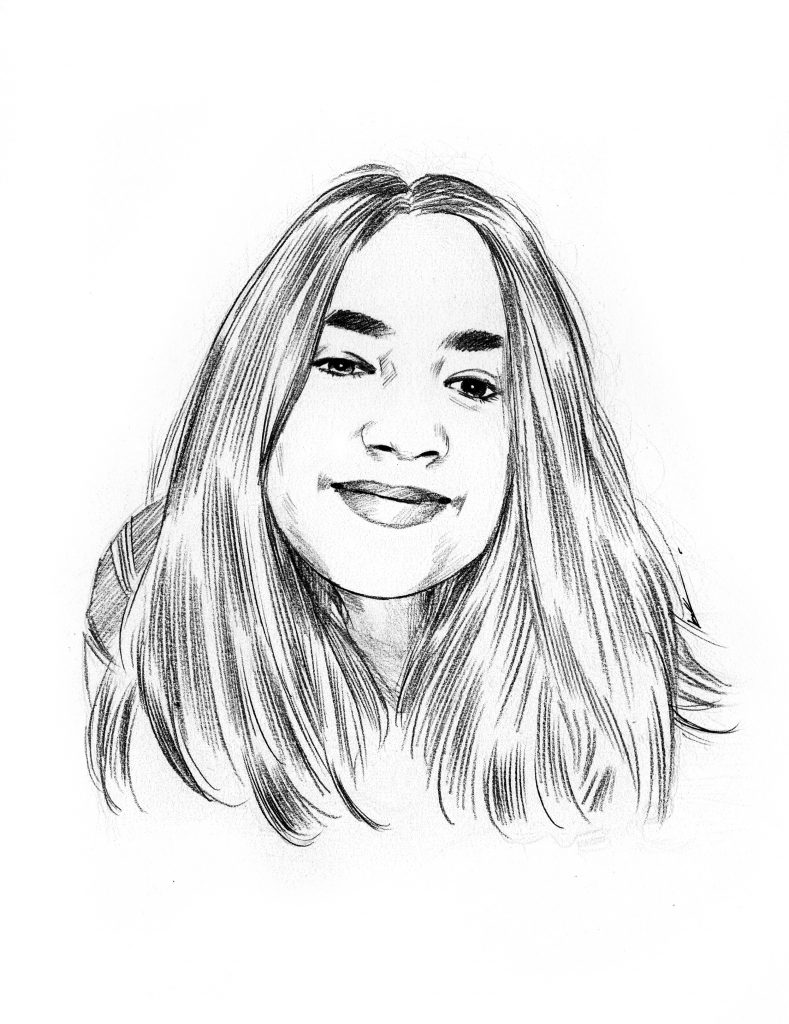Euthanasia in the Netherlands

Euthanasia, the act of deliberately ending a person’s life to relieve suffering. Active human euthanasia is legal in the Netherlands, Belgium, Colombia, Luxembourg, Western Australia and Canada.
Child euthanasia, a form of euthanasia that is applied to children who are gravely ill or suffer from significant birth defects. This is partially legal in the Netherlands and Belgium.
Situation in the Netherlands
As of now, the law in the Netherlands states the following on euthanasia:
– A child between the age of 12 to 16 needs permission of parents and/or guardians
– A child between the age of 16 to 18 can decide for themselves if they want euthanasia. Doctors have to discuss this with the parents/guardians but their permission is not needed.
– A person above the age of 18 can decide if they want euthanasia.
In 2001 Bente Hindriks was born at the Groningen University Medical Center. She was diagnosed with Epidermolysis Bullosa. This disease causes chronic blistering and peeling of the epidermis and mucous membranes at the slightest touch. This also comes with severe, unmitigated pain and there is no effective treatment. It was also prognosed that Bente would develop skin cancer, taking her life in five to six years. Her parents wanted to end her life so that she would not suffer any longer, but no doctor was willing to actively end the life of Bente Hindriks.
The reason is that it was simply illegal, doctors could be prosecuted for murder if they were involved in Bente’s euthanasia.
Nine months later, Bente died. The reason of her death is unclear, some say she died from an overdose of morphine injected by a GP whose name was never mentioned, others say she died from complications of her disease.
Since that time, new protocols and laws have been written and as of now euthanasia is also allowed for children under the age of 1 year.
In October 2020, Hugo de Jonge (minister of health, welfare and sport) stated that he also wanted to have regulations that allow euthanasia for children from the age of one to twelve. This will allow doctors to euthanise children from this age without the fear of being prosecuted for murder. These regulations will be for children who are terminally ill and suffer from an unbearable illness, for which there is no way in which their pain can be relieved.
Different views
Euthanasia is a topic that has been debated about since the time of the ancient Greeks and Romans. Christians are mostly against euthanasia; they say that life is a gift given by god. Some churches are also against interfering with the natural process of death.
Pope John Paul II stated in 1995 ‘True compassion leads to sharing another’s pain; it does not kill the person whose suffering we cannot bear.
Some people state that legalising euthanasia gives doctors too much power, they should not be allowed to ‘play god’.
Another argument against euthanasia is that competent palliative care might be enough to stop a person from contemplating euthanasia. Palliative care is physical, emotional and spiritual care for a person who is dying, when there is no cure. Legalising euthanasia could reduce the availability of palliative care, seeing as euthanasia is more cost effective.
A lot of people are also for Euthanasia, they argue that people have a right to die when they want to and that it is a private matter. Others argue from a practical point of view, stating that euthanasia will happen anyway, legal or illegal. Legalising euthanasia allows the process to be regulated and controlled.
Role of the doctor
Doctors can always refuse a request for euthanasia, even if the patient fits all the norms of the protocol. Doctors must always communicate to the patient if they don’t want to perform euthanasia, so that the patient can go to another doctor or to the expertise centrum for euthanasia.
If a patient wants to get euthanasia a doctor should see if the patient is eligible for euthanasia. This can be done by seeing if the patient confirms to 6 demands that are stated in the law.
These are the six demands shortly stated:
1. Voluntary and informed decision
2. Hopeless and unbearable suffering
3. The doctor should give information about the situation and perspective in the future
4. No other reasonable solution
5. Refer to an independent doctor
6. Careful medical execution
If a doctor decides to perform euthanasia, it should immediately be reported to a coroner. A coroner is a doctor who will investigate the reason of death.
After this the RTE (Regionale Toetsingscomissie Euthanasie) will judge if the euthanasia is performed according to the law. Each region of the Netherlands has an RTE, consisting of a doctor, ethicist and judge.
If the euthanasia is not done according to the law, the public ministry can take the case to court. The doctor who performed the euthanasia can get a prison sentence up to 12 years. An assisting doctor can get a prison sentence up to 3 years.
All in all, euthanasia is a difficult subject, child euthanasia is even more taboo. As doctors in the making, we are bound to come across situations like this in our career.
What would you do as a doctor?

